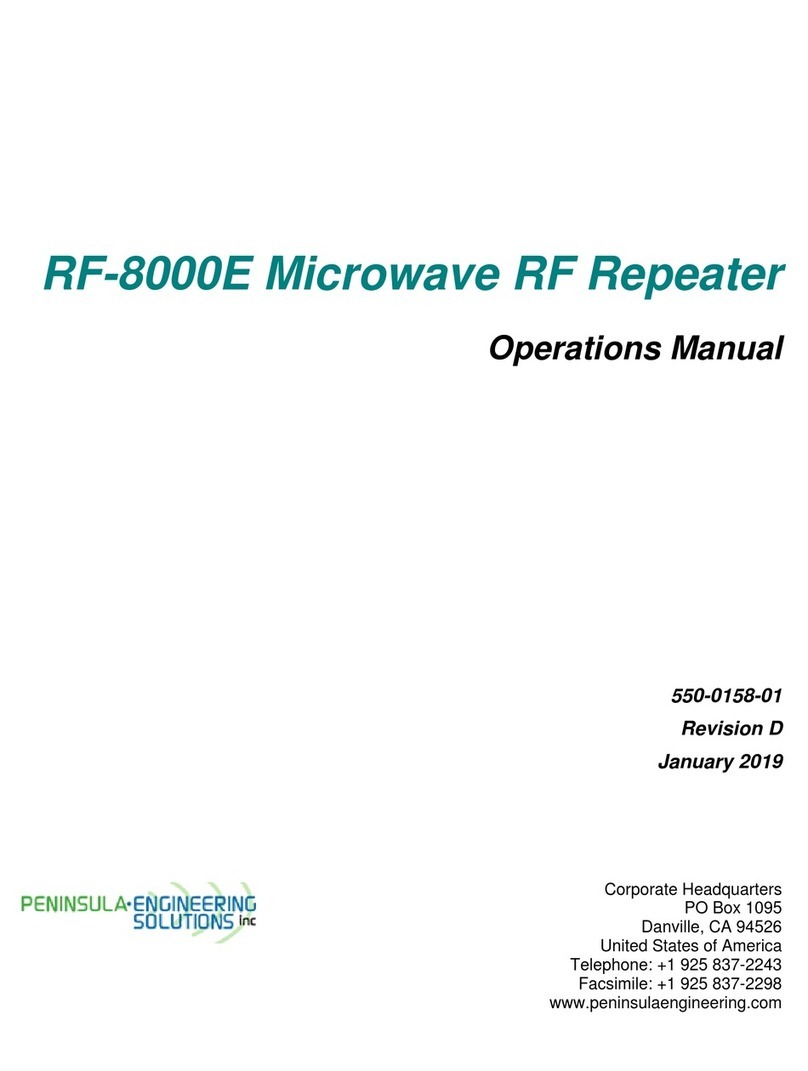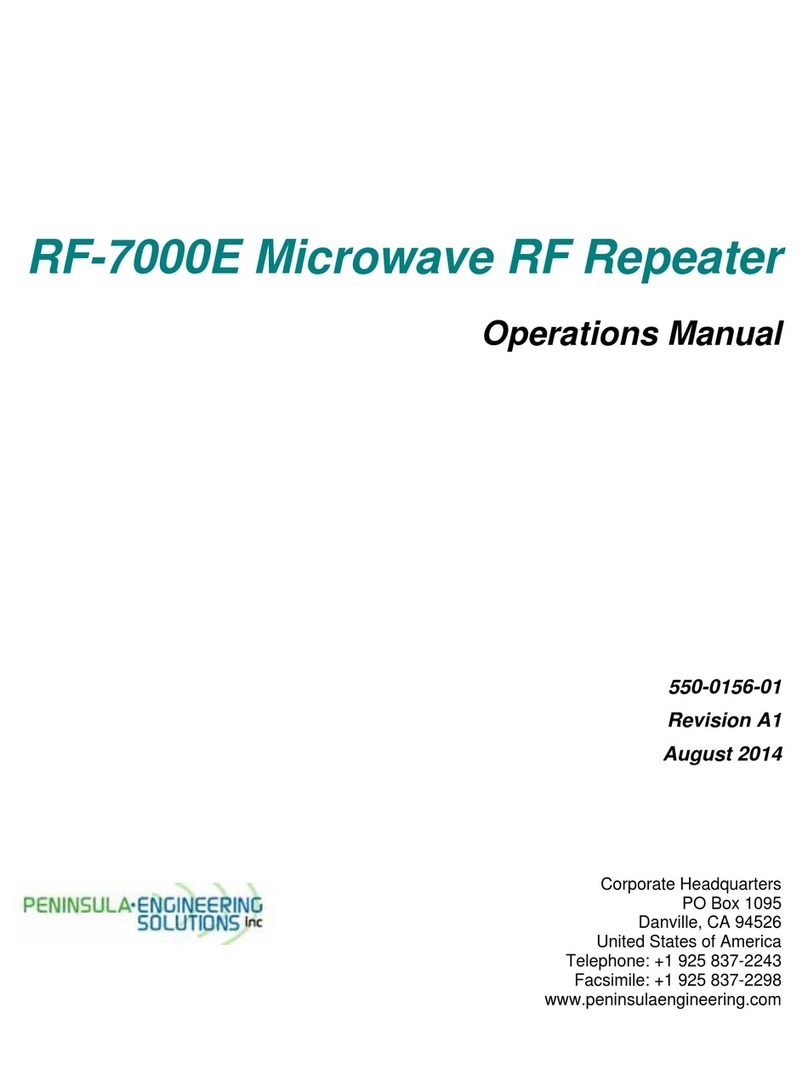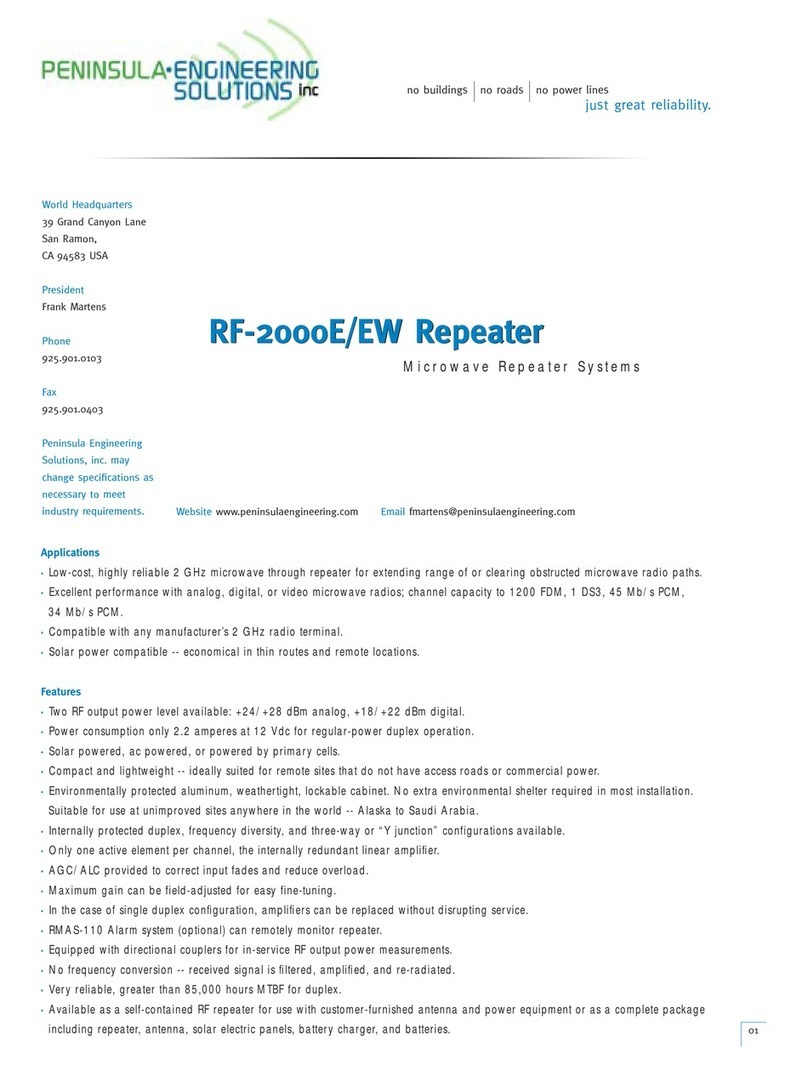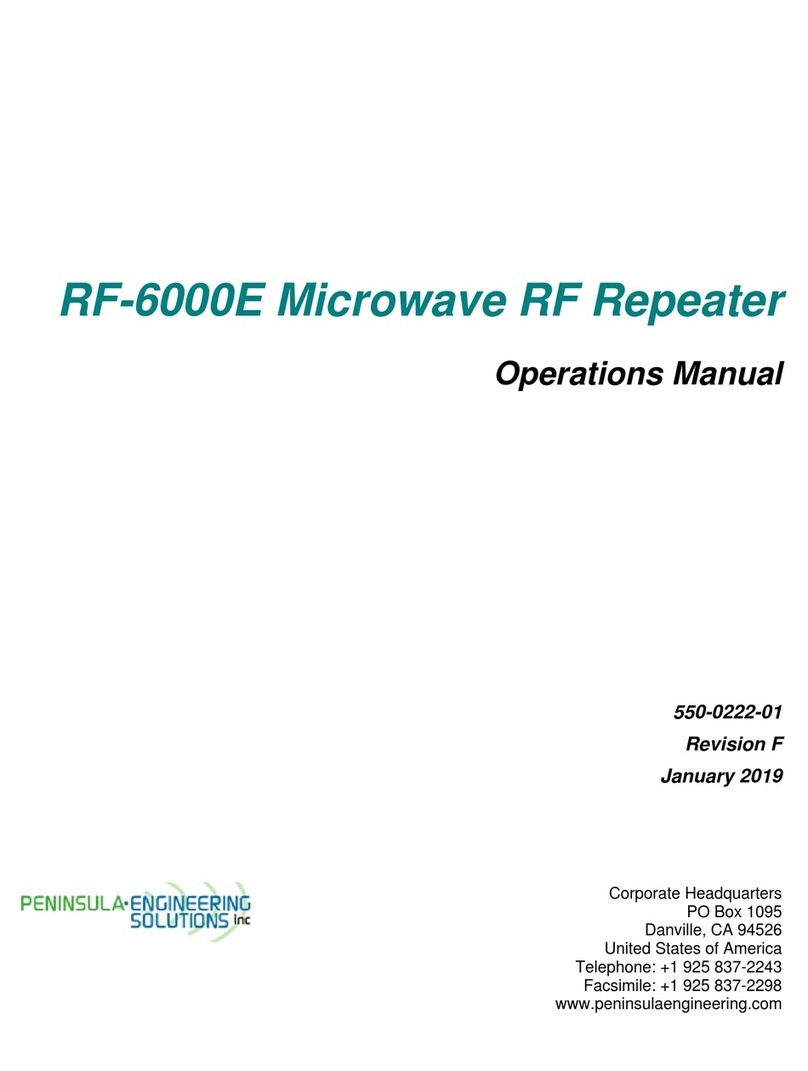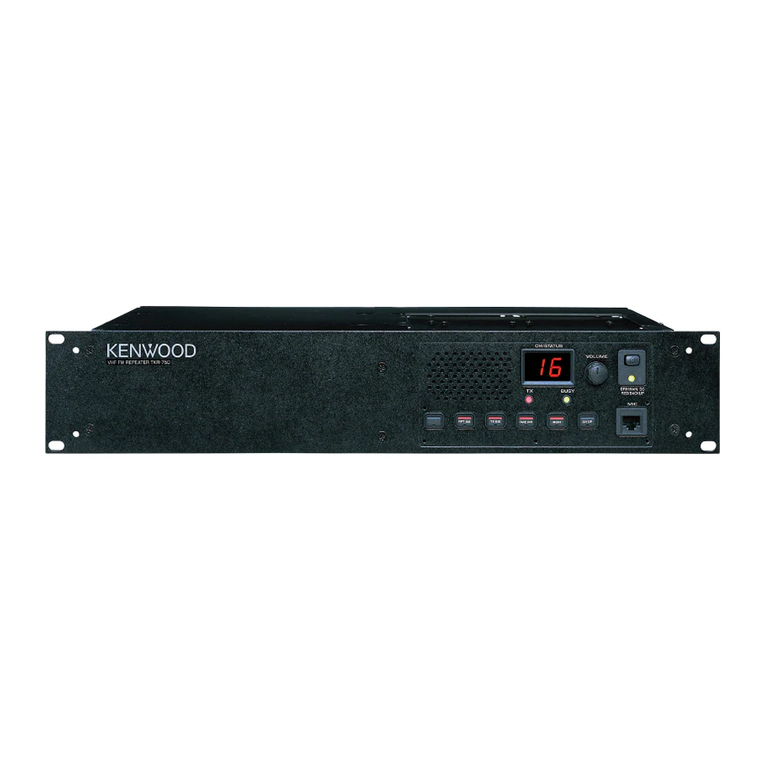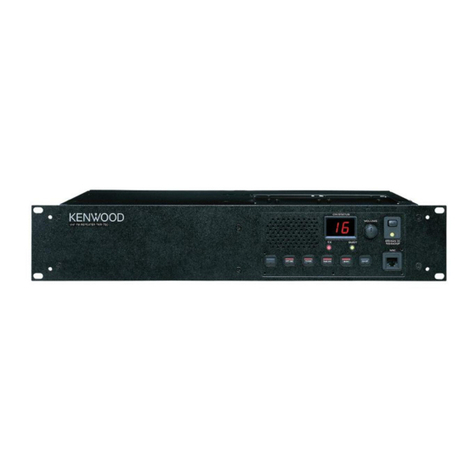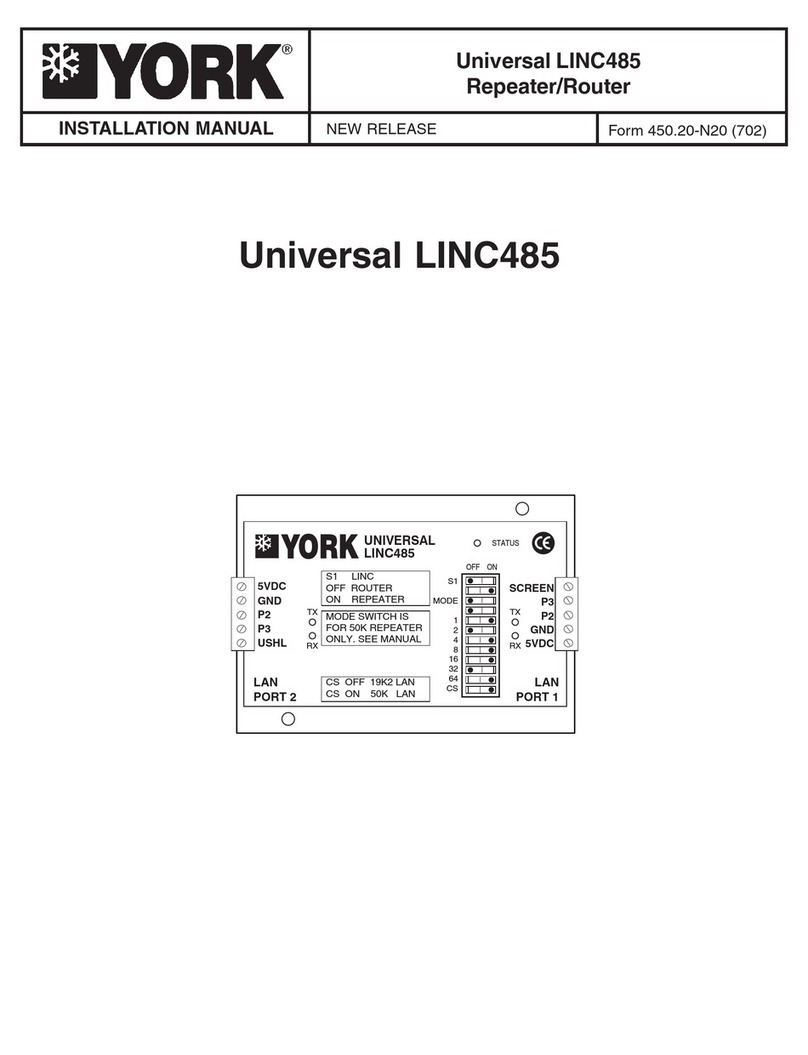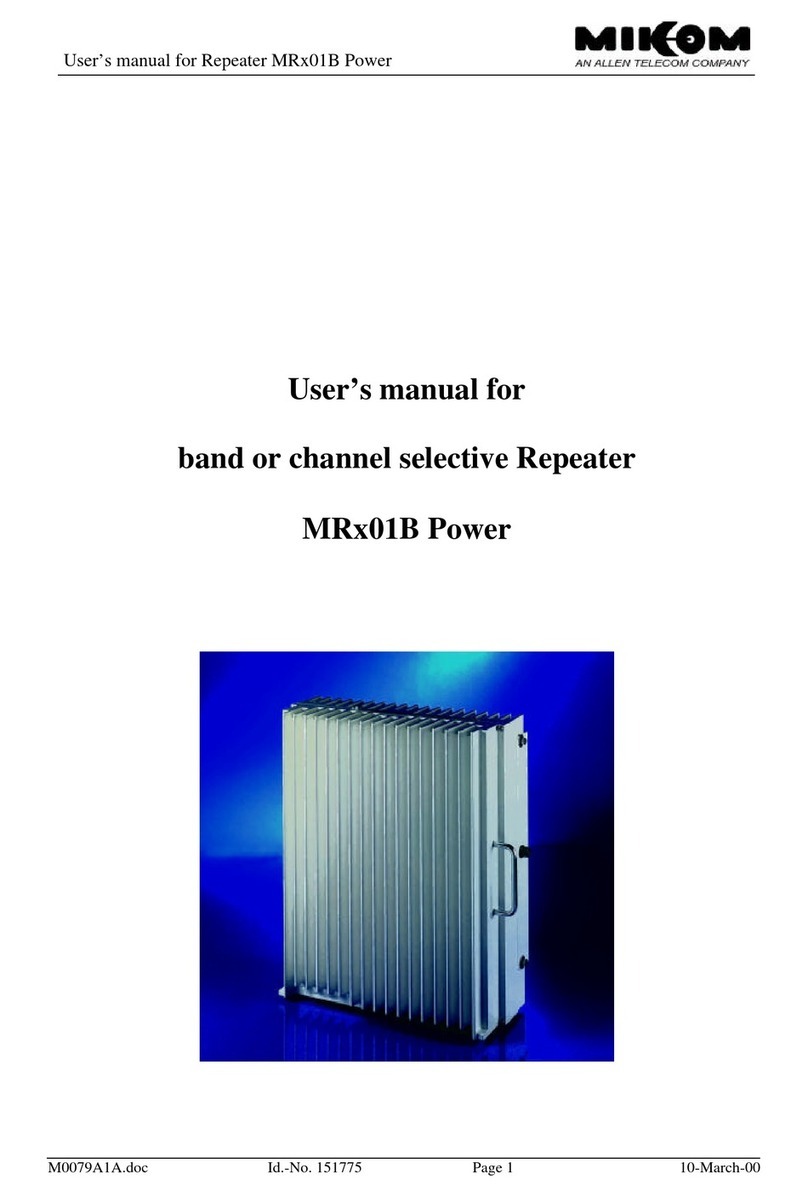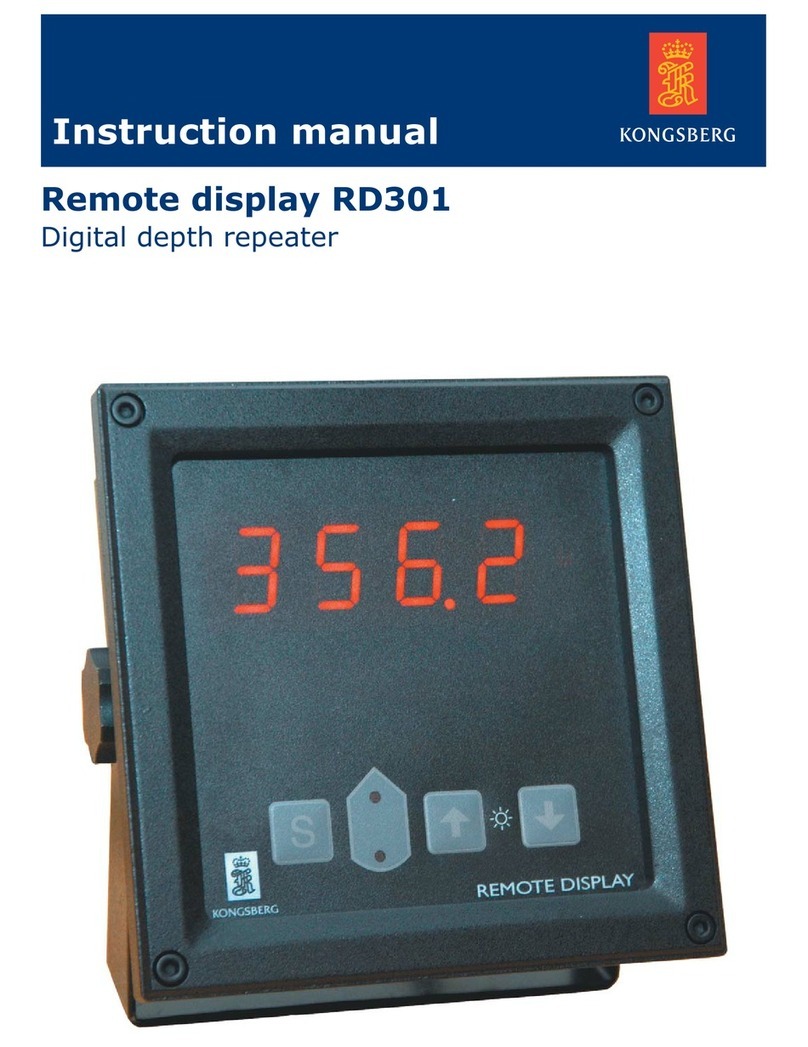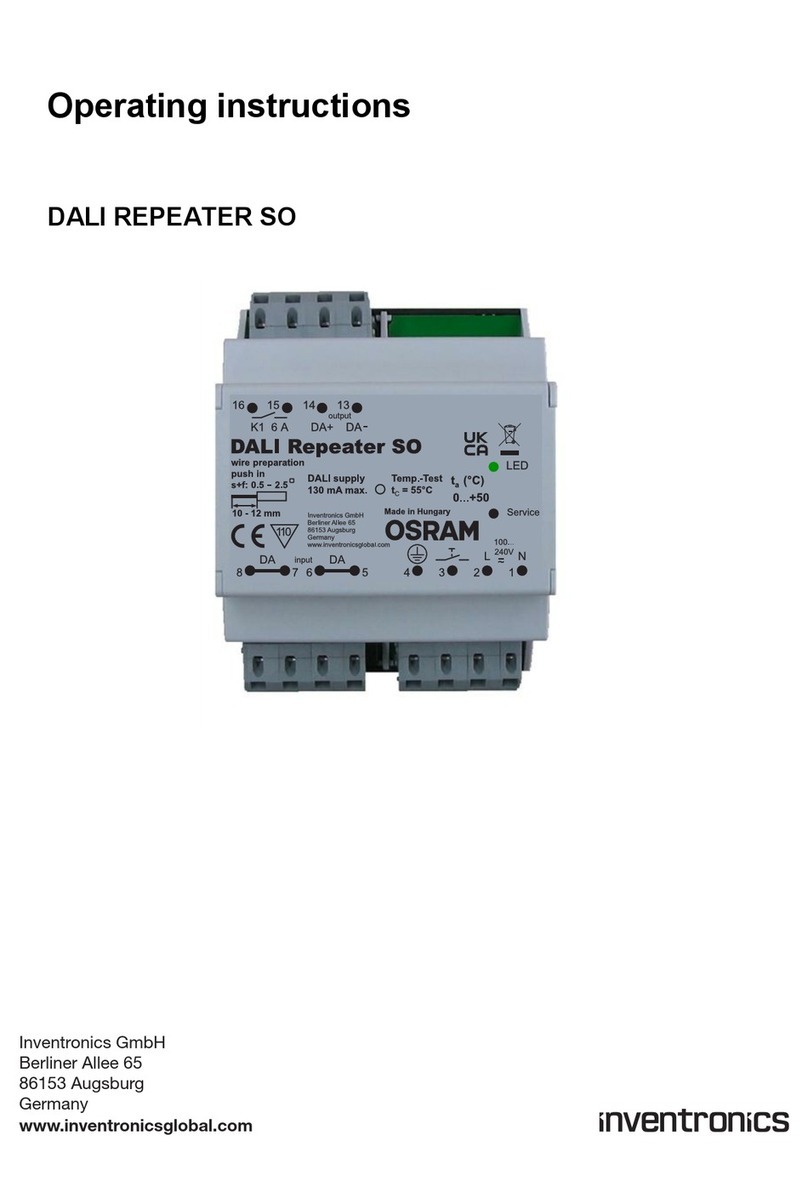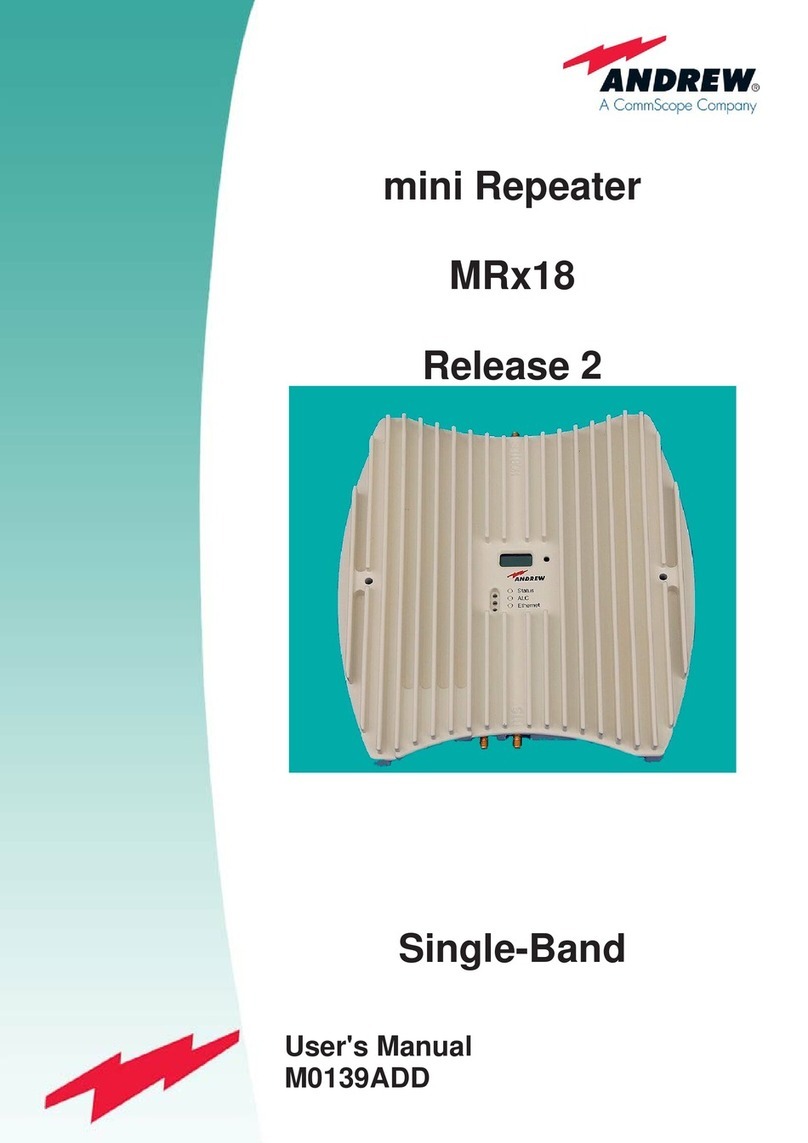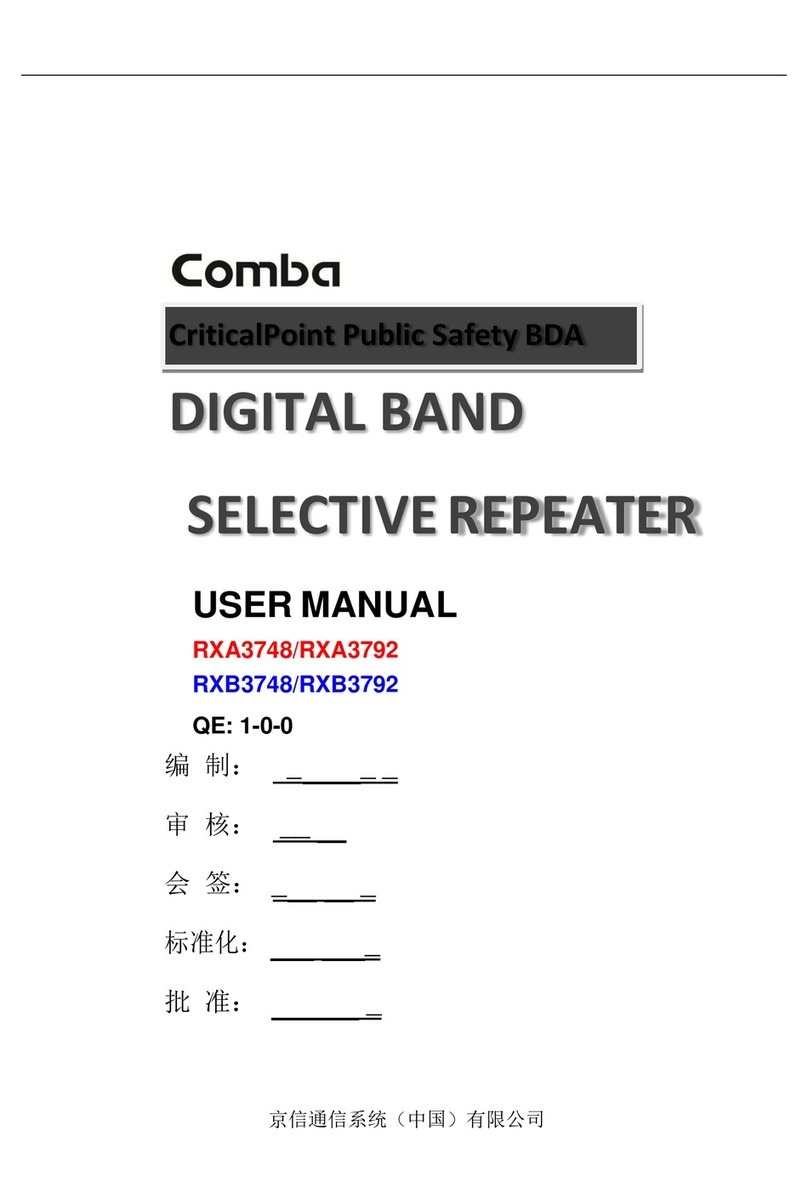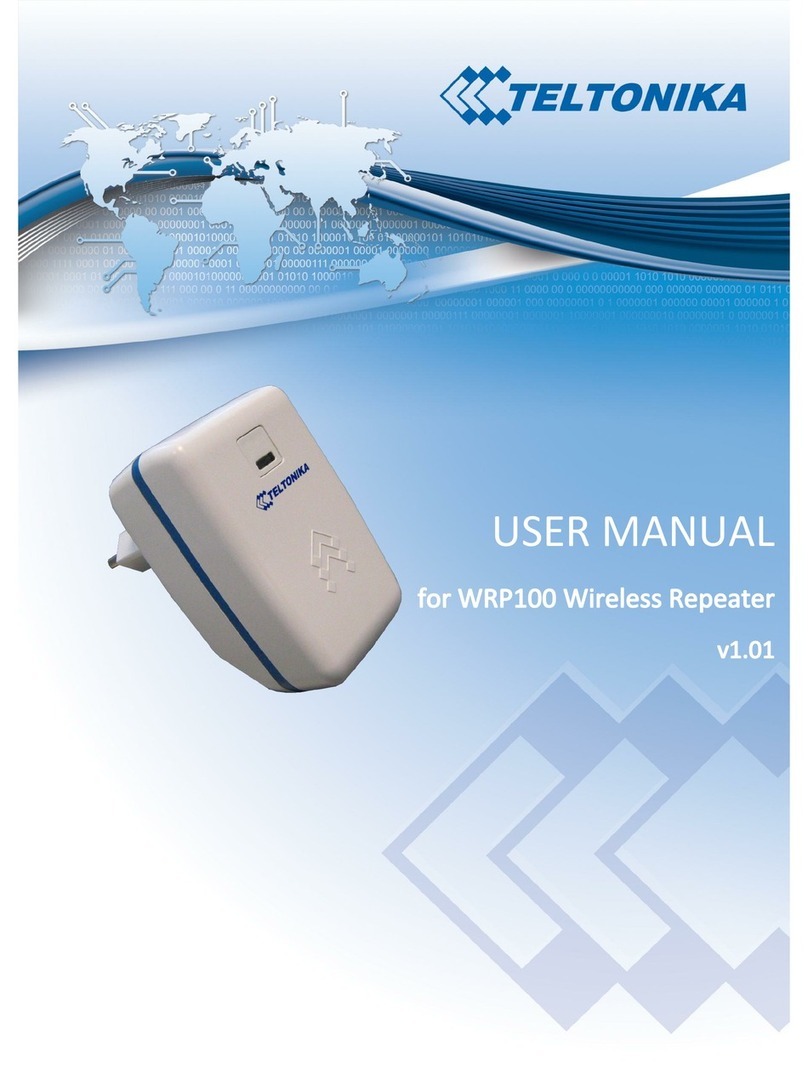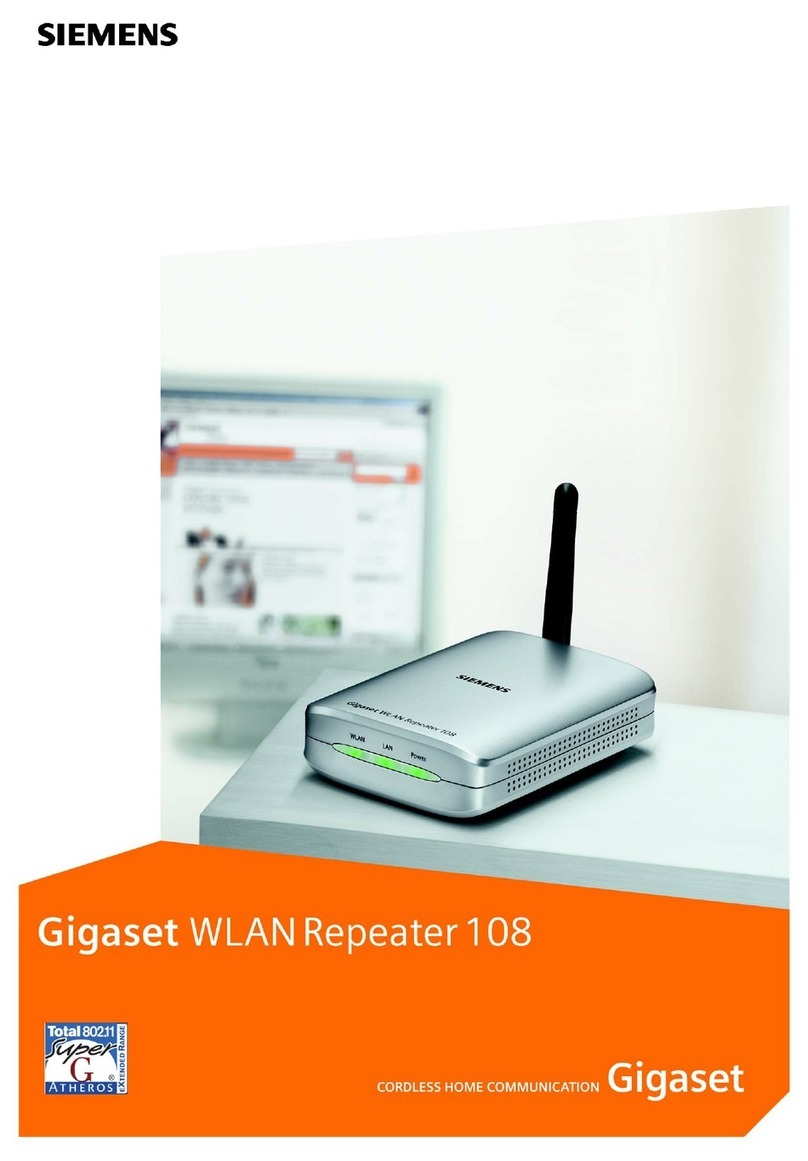1. GENERAL
• This Section provides information for the Peninsula Engineering
RF-4000 RF Repeater Assembly; hereinafter referred to as
the RF-4000. The RF-4000 may be used with any manufac-
turer’s 4-GHz radio operating in the 3.4-4.2 GHz frequency
range to provide an intermediate repeaterlinks. Terminal
capacity is limited only by the repeater RF bandwidth.
• The RF-4000E assembly is an RF through repeater
designed for remote locations. Only alignment of antennas
and AGC/ALC is required. The use of highly reliable
components and minimum active circuitry eliminates most
subsequent maintenance. The repeater assembly
consists of an equipment mounting panel and waveguide
manifolds contained in a steel, weatherproof cabinet.
In most applications the complete assembly is wall-,
pole- or tower-mounted. An example of repeater mounting
is shown in figure 1; front view of the repeater is shown
in figure 2.
• In addition to the RF-4000 repeater assembly, Peninsula
Engineering Group offers accessory equipment consisting of
antennas and mounting hardware, waveguide, batteries, and
an ac power supply with an integral standby battery. The
recommended antennas are solid or high performance types
chosen per application.
2. FUNCTIONAL DESCRIPTION
Basic Repeater
• The RF-4000 duplex repeater uses internally redundant
amplifiers for transmission in each of two directions. Each
amplifier is powered by two separate battery supplies for
added reliability. Bandpass filters and circulators, which
form a duplexer network, direct the received signals to the
amplifiers and combine the amplifier outputs with the
received signals to a common antenna port for transmission
in each direction (see Figure 3.1, 3.2).
• The received signal from “A” antenna, identified as frequency
“f1,” enters the repeater panel via the cabinet mounted CPR-
229 W/G connector and is then fed to a branching circulator.
RF-4000 Repeater
RF-4000 Repeater
From the circulator, the f1 signal is passed through the f1, f3
receive pad (optional) to the f1 receive bandpass filter. The band-
pass filter passes the f1 signal to a terminated coaxial circulator
and a coaxial circulator which is terminated with a receiving
equalizer. Then f1 signal passes to amplifier 1. The amplified
signal passes through a transmit equalizer, a terminated coaxial
circulator. Then fi signal passes through a coaxial circulator,
which is terminated with a transmitting equalizer, and the f1
transmit bandpass filter to the branching circulator through the
(optional) f1, f3 transmit pad and then to the cabinet mounted
CPR-229 W/G connector for connection to the "B" antenna.
• In the other direction, the receive signal from “B” antenna,
identified as frequency “f2,” enters the repeater panel via the
cabinet mounted CPR-229 W/G connector and is then fed to
a branching circulator. From the circulator, the f2 signal is
passed through the f2, f4 receive pad (optional) to a receive
branching circulator and then to the f2 receive bandpass
filter. The bandpass filter passes the f2 signal to a terminated
coaxial circulator and coaxial circulator which is terminated
with a receive equalizer and then to amplifier 2. The amplified
signal passes through a transmit equalizer, terminated coaxial
circulator and the f2 transmit bandpass filter to the transmit
branching circulator through the (optional ) f2, f4 transnmit pad
and then to the TR branching circulator and the cabinet mount-
ed CPR-229 W/G connector for connection to “A” antenna.
• Receive pads RX f1, f3 and RX f2, f4 reduce the repeater
receive signals to approximate the recommended input
level (shown in Table 4.1). The transmit pads designated TX
f1, f3 and TX f2, f4 reduce the output signal levels of the
repeater to prevent overloading of the terminal receiver in
a short path. Pads are mounted on the side mounted W/G
to coax adapters.
Amplifiers
• In digital radio applications the amplifiers operate at a
reduced average power level according to the list below, in
order to maintain linearity over the entire signalling enve-
lope. +25 dBm nominal output is available with analog FM
or digital FSK radio systems. Each amplifier is mounted on
the front of the panel to allow easy replacement in the field.
Necessary information for ordering spare or replacement
amplifiers is provided in Part 4.
05

